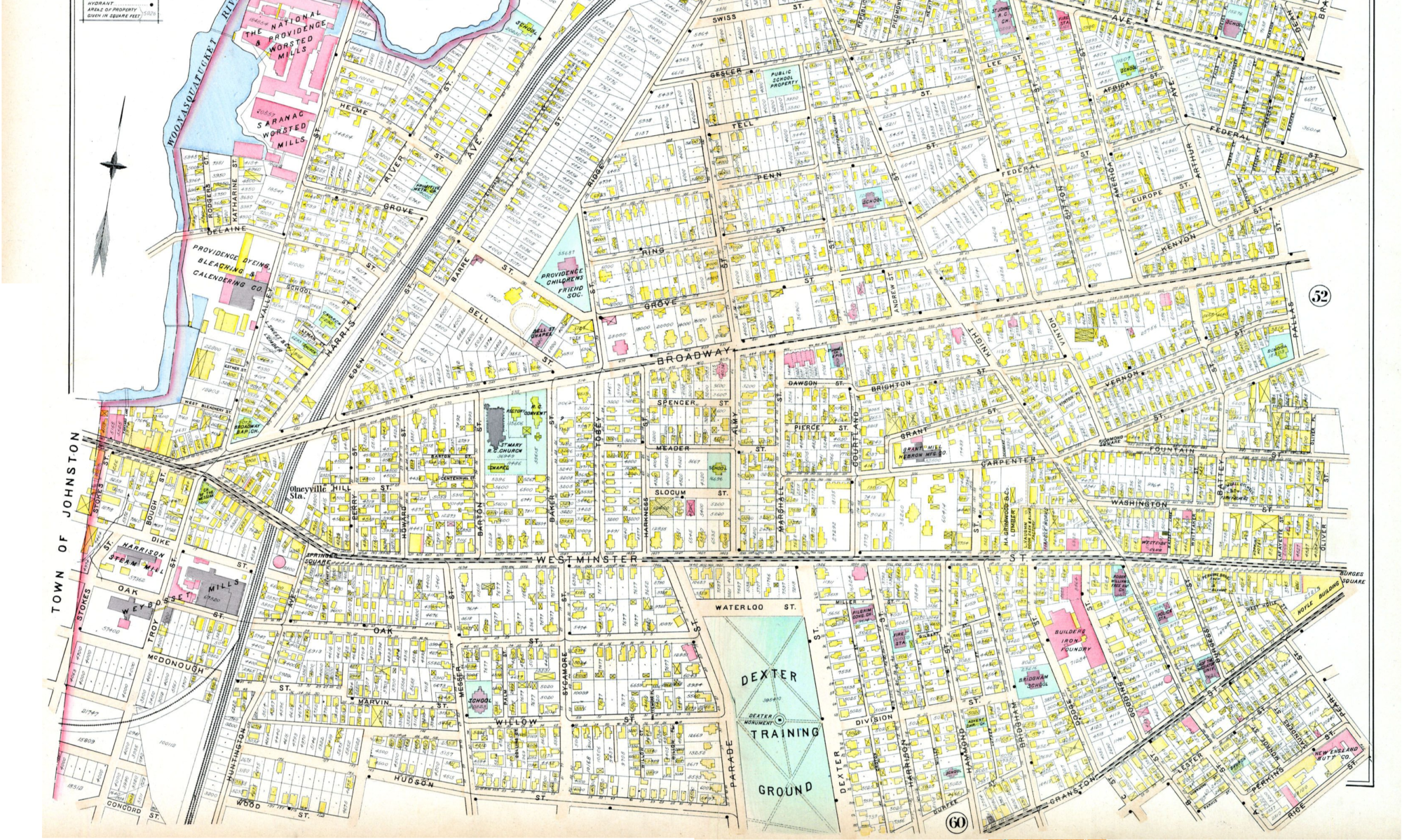 I’m a big fan of FiveThirtyEight.com, which takes an intellectually honest, statistical approach to a number of topics, especially political polls. Its creator, Nate Silver, started it as an independent blog in 2008, and since then it has been funded by first the New York Times and now ESPN.
I’m a big fan of FiveThirtyEight.com, which takes an intellectually honest, statistical approach to a number of topics, especially political polls. Its creator, Nate Silver, started it as an independent blog in 2008, and since then it has been funded by first the New York Times and now ESPN.
I’m also a political geek at the local and state level, and have seen pretty standard overreactive headlines for the polling in the current Rhode Island gubernatorial race. So I applied something like FiveThirtyEight’s poll model methodology to polls so far released in this race.
Here are the polls that have been released recently for that race:
- Oct 28, Brown (David Binder): Raimondo 38%, Fung 35.4%, Healey 11.8%, Other 1.6%, Undecided 11.2% → Raimondo +3.4
- Oct 23, Brown (Portable Insights): Raimondo 41.6%, Fung 30.5%, Healey 9.1%, Other 0.8%, Undecided 18% → Raimondo +11.1
- Oct 23, NYT/CBS (YouGov): Raimondo 40%, Fung 35%, Healey/Other 10.3%, Undecided 21% → Raimondo +5
- Oct 9: WPRI/ProJo (Fleming & Associates): Raimondo 41.8%, Fung 35.6%, Healey 8.1%, Other 0.8%, Undecided 13.7% → Raimondo +6.2
News headlines today were of the nature, “How do we explain Raimondo’s drop in support??” when a less frantic attitude would be to look at the polling average. Weighting for poll recency, sample size, pollster bias, and pollster accuracy rating, I averaged these and previous polls together to reach the conclusion that the race is probably more stable at something like Raimondo 41.1%, Fung 34.2%, Healey 9%, Other 1%, and Undecided 15.1%, in other words, Raimondo +6.9. You can see my work here.
Now, I don’t have the hubris to expect this forecast to be more accurate than those of more experienced commentators on RI politics, but I do know that taking the polling average tends to be more accurate than looking at individual polls by themselves. Absolutely there is still a margin of error, but one week from election day, there’s a big difference between +5% and “effectively tied”. I would guess that the governor’s race is closer to the former.













